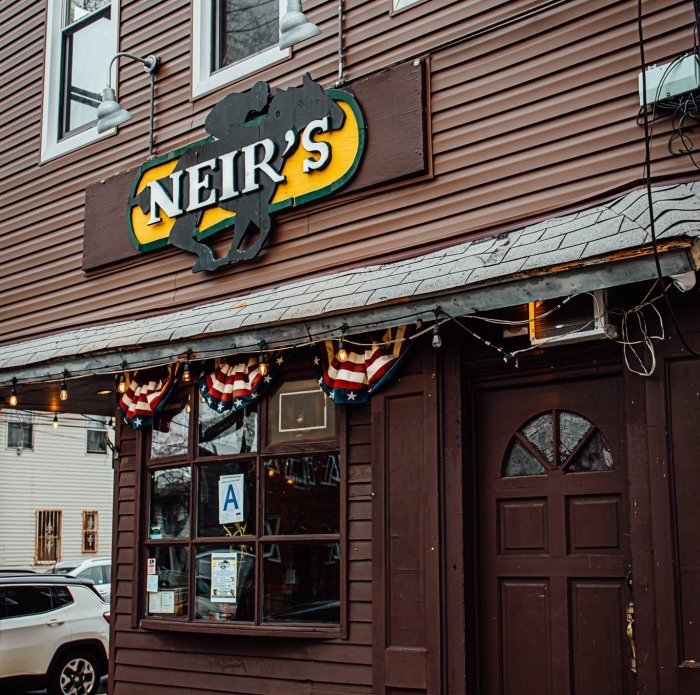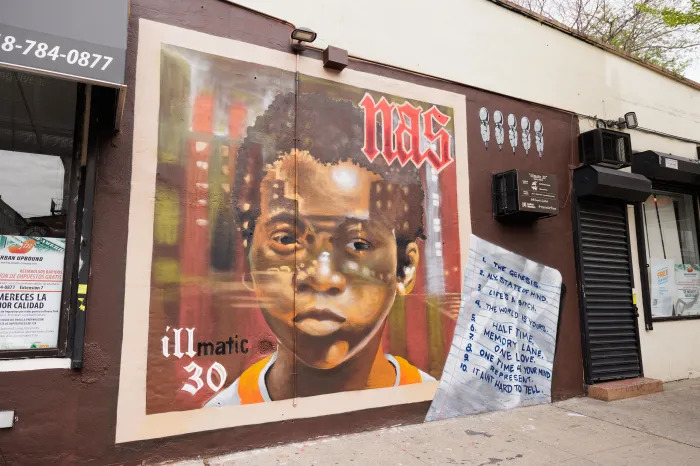By Alex Palmer
The harp is often relegated to the position of backup instrument, more likely set off to the side of a concert stage than at its center. But jazz harpist Edmar Castaneda has worked to change that, with recordings and performances that put the instrument front and center.
Castaneda, a resident of Whitestone for the past 10 years, is one of the most celebrated harpists in the jazz world and in March released his third album, “Double Portion.” Unlike his previous works, which have most often featured a quartet, this new one showcases Castaneda as a solo performer.
“It’s great—you have more space to create stuff,” he says.
While Castaneda may have gone it alone on the new album, he continues to tour as part of a trio or quartet, adapting the solo pieces to work for the group. He will be playing several shows around New York City with a trio in the coming months, including a pair of shows on June 19 and June 21 as part of the Make Music New York citywide festival (makemusicny.org), as well as a trio performance at the American Harp Society on June 30.
Born and raised in Bogota, Colombia, Castaneda first picked up the harp at 13 years old. He became immediately intoxicated with the arpa llanera folk harp, or harp of the plains.
But Castaneda sees his interest in music beginning well before receiving the harp. As the son of harpist Pavelid Castaneda and with a mother who encouraged him to dance to the Colombian joropo folk music, similar to a waltz and accompanied by the harp, his interest started practically at birth.
“The roots of my music are a traditional folk music from one part of Colombia,” says Castaneda. “I mix those roots with the jazz of New York and with the city.”
Through a number of collaborations and a pair of critically acclaimed albums that feature both his original compositions as well as renditions of native Colombian pieces, Castaneda has carved a niche for himself in the international jazz scene and helped to establish the harp as a viable lead instrument.
His playing has been praised by critics for demonstrating how versatile the harp can be as an instrument, creating rhythms like that of a drummer, with hints of bebop, or emotive flourishes reminiscent of flamenco.
Castaneda first moved to New York in 1994, living in Long Island, but about 10 years ago he moved to Whitestone, which has proved to be an ideal location for his musical development.
“I don’t perform too much in Queens, but the part of Whitestone where I live is really nice,” says Castaneda. “It’s quiet, and everything is really close to other areas I need to get to, whether Manhattan or Long Island or elsewhere.”
He finds Queens to be an ideal place to work on his compositions, practicing the harp almost every day.
“But when I tour, when I play, that’s like a practice for me so I play a little less,” says Castaneda. “I have to rest my hands, you know?”
Castaneda jokes that he is slightly “obsessed” with keeping his hands protected and loose by playing scales and other exercises, comparing it to any other sport.
He also finds Whitestone a good place for his family. Andrea Tierra, the vocalist in his quartet, also happens to be Castaneda’s wife. They have been married for seven years, after meeting in a jam session in New York City.
“Twenty days after we met, we got married,” says Castaneda.
They have two children: Zeubi, their daughter who is almost 3 years old, and a 1-year-old son, Zamir, who have both lived their lives in Queens.
Castaneda keeps a busy tour schedule that has him globe-hopping to everywhere from Poland to Chile to Hungary just in the next few months, and he makes sure to get back to Colombia once or twice a year to perform or visit friends and family. All of this makes getting back to Queens that much sweeter.
“For me, home is New York, but my roots are from Colombia,” says Castaneda. “Now I’m home. It’s great to see my two kids.”


































